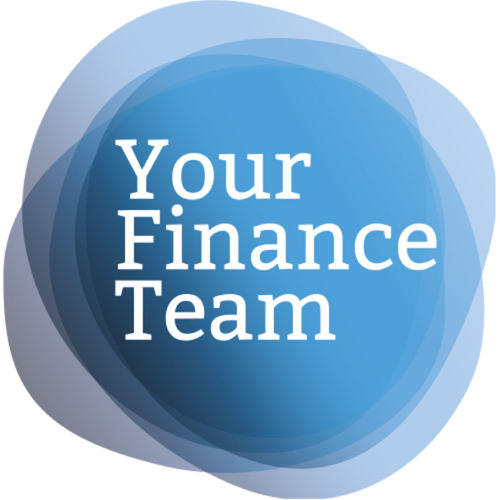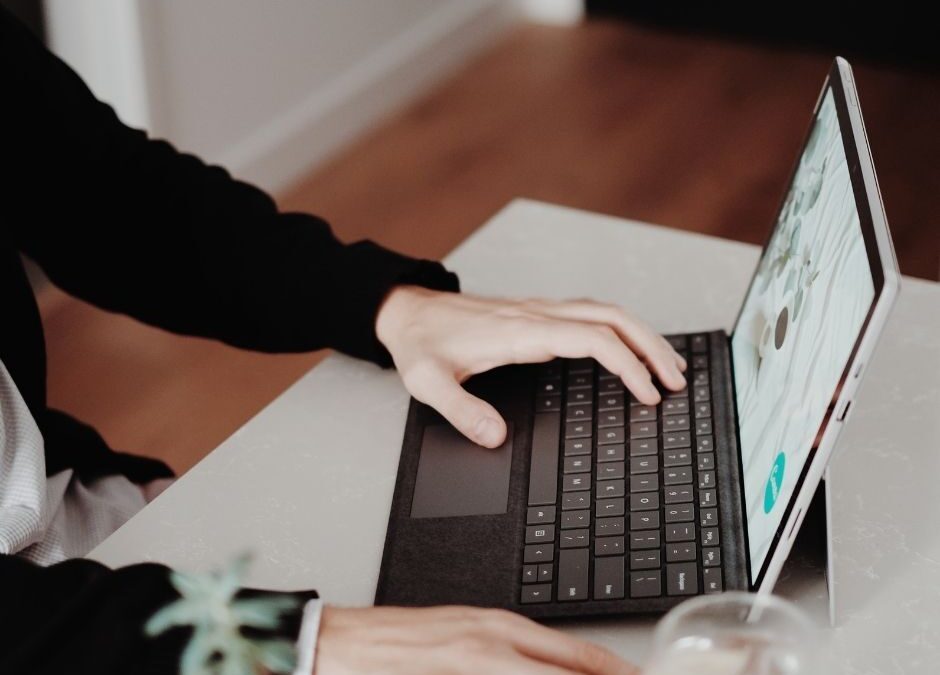If you are looking at developing your business then one of the first things that people look at is to buy new equipment.
New kit can enhance your productivity, increase efficiency and allow you to produce new goods or provide new services.
The problem is that there are lots of things to think about when you are making what can often be sizeable commitments and in this post, we wanted to look at the issues involved including the tax implications and the exciting new super-deduction tax relief.
Why buy new equipment?
Buying new equipment for your company can make a massive difference to your output and profitability.
Newer machinery will usually be much more efficient in terms of power and raw materials usage and often quicker than older models.
You’ll find that the newer an asset is the fewer breakdowns you suffer and that you spend less money on routine servicing.
But more importantly, investing in new plant and machinery is a clear statement of intent. It shows your customers and staff that you are serious about becoming a real force in your industry and the morale benefit is almost tangible.
Funding your new assets
One of the benefits of buying new equipment is that you have a physical asset that increases the value of your business.
This means that the likelihood of getting funding at a reasonable rate is much better than simply raising money to fund working capital.
It is always worth looking at any grants or support that may be available. Often local authorities and central government will set up schemes to help specific businesses and sectors and so there may be a source of free money to help.
The tax treatment of new equipment
When you are calculating the corporation tax payable for your company there are two types of deductions that you need to know about.
The first concerns the expenses of running the company such as rent, rates and people costs and in general, these are deductible in full.
However, things that you buy that are likely to last more than one accounting year fall into the category of assets and physical things like manufacturing equipment, computers and office equipment are designated ‘plant and machinery’ for the purposes of tax.
All companies ( and self-employed individuals) get an Annual Investment Allowance (AIA) that allows them to claim the full cost of Plant and Machinery purchases in the year.
This has temporarily been increased to £1m per year until 31st December 2021.
As a result, when you are buying plant you can claim the cost back in the same way as you would with normal running expenses.
For assets that are over the AIA or for specific types like vehicles, then the company will need to use writing down allowances.
Writing down allowances are the tax equivalent of depreciation and this means that the company is allowed to deduct a smaller portion of the cost of the asset each year.
Eventually, the business will have taken the full cost of the asset against corporation tax but this takes a few years compared to the AIA which allows the cost all to be taken upfront.
We do have to add a health warning here though; the tax treatment of assets is a complicated area and it’s not something you want to get wrong. If you’d like help with claiming writing down allowance or AIA then call us now and let’s talk.
Invest now for super deduction tax relief
There was a great piece of news in the 2021 budget for businesses looking to invest in their future when the Chancellor announced a new tax relief.
The ‘Super-deduction tax relief’ is a method of stimulating demand in the UK economy and Rishi Sunak told Parliament that it “will increase the amount of investment” and believes that it will bring forward business spending by up to £20bn a year.
There is an important point here that the relief is only designed to last two years so you must make use of the opportunity while you can.
The relief applies from April 1 2021 until March 31, 2023, and means that businesses that spend money on qualifying equipment can claim 130% against business profits.
Super-deduction tax relief – what can you spend money on?
The first point to make here is that the new relief only applies to brand new equipment and not second-hand goods.
The relief applies to physical assets in much the same way as AIA and for the majority of assets, this means that 130% of the costs can be deducted from the business profits.
Some assets such as long-life assets get a lower writing down allowance and in this case, there is a special temporary 50% rate.
HMRC gives a list of the typical types of assets that qualify for the new super-deduction including;
- Solar panels
- Computer equipment and servers
- Tractors, lorries, vans
- Ladders, drills, cranes
- Office chairs and desks,
- Electric vehicle charge points
- Refrigeration units
- Compressors
- Foundry equipment
It’s important to note that this is not an exhaustive list and so many assets that you may buy could also benefit.
Buying new equipment – don’t take a chance
It’s important to note that the tax rules around buying new equipment are very complex and it is all too easy to make a mistake that could end up costing your business money.
Although at first the rules might seem simple, there are often exclusions that mean that not all assets are treated in the same way and this is certainly the case with super-deductions.
Don’t chance it. Take experienced, qualified advice and let us show you.

